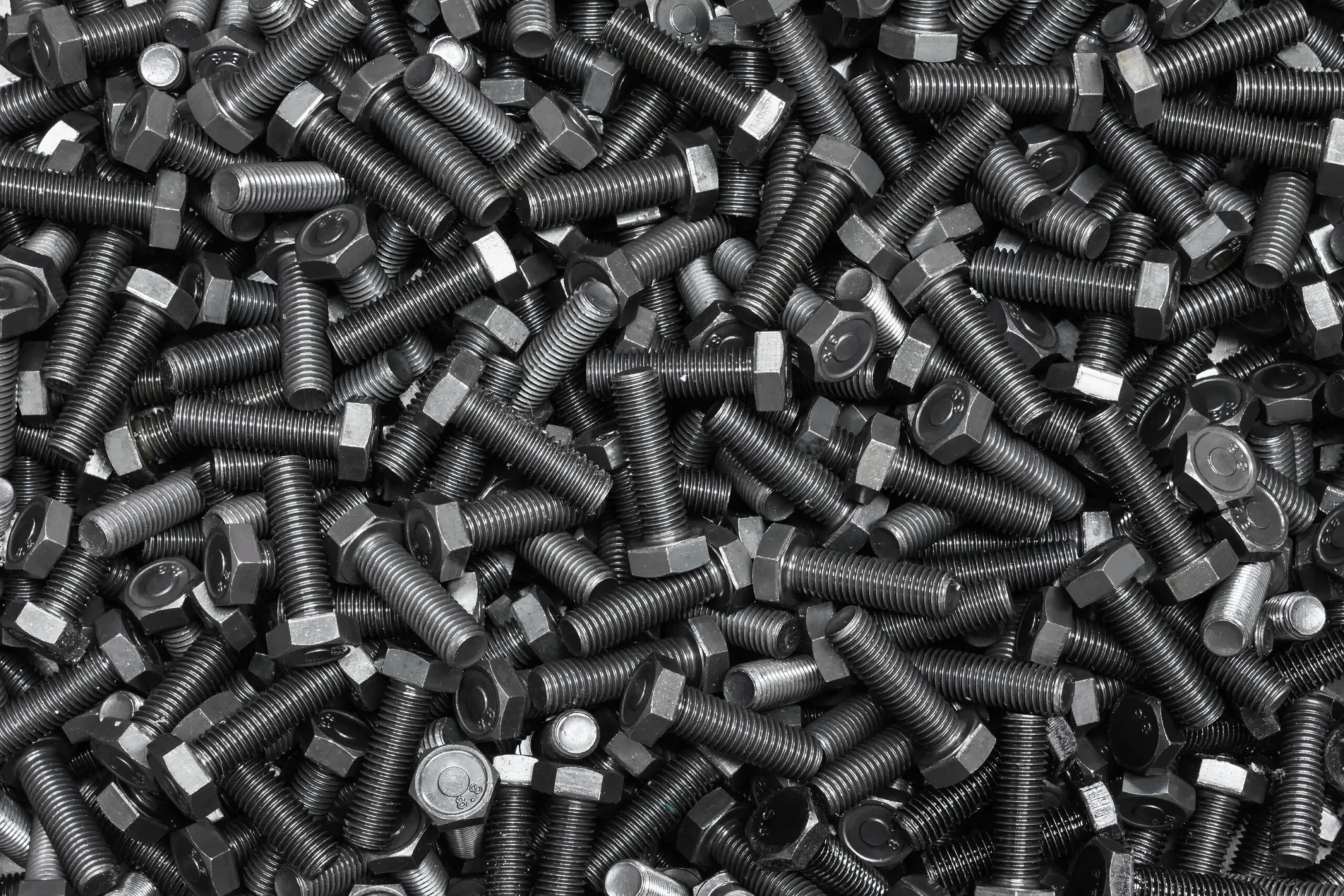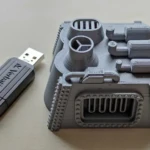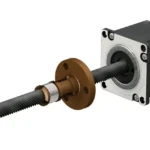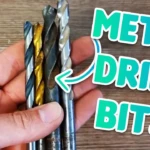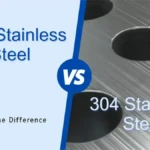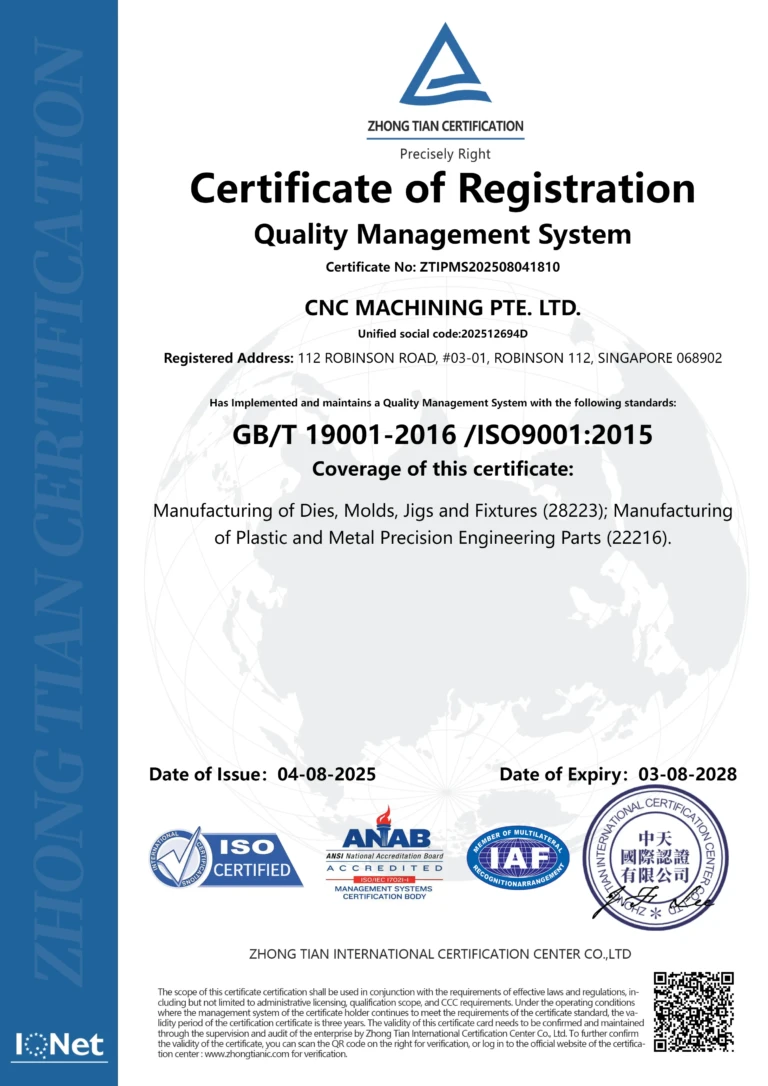Black Oxide Issues on 304 Stainless Steel: A Deep Dive into Challenges and Solutions
In precision manufacturing, black oxide coatings on 304 stainless steel are prized for their sleek, dark finish and ability to minimize light reflection. However, these coatings come with significant challenges that can affect part performance, especially in demanding applications. At Great Light, a leading 5-axis CNC machining factory, we leverage advanced technology and deep expertise to address these issues, delivering high-quality metal parts tailored to your needs. This blog post explores the technical limitations of black oxide on 304 stainless steel, provides actionable solutions, and showcases how our Prototype CNC Machining Services can help engineers, procurement professionals, startup founders, and multinational leaders overcome these hurdles.
What is Black Oxide on 304 Stainless Steel?
Black oxide is a conversion coating formed by immersing 304 stainless steel in a hot alkaline bath, typically containing sodium hydroxide and nitrates. This process creates a thin layer of magnetite (Fe₃O₄), offering a matte black finish. While visually appealing, the coating’s properties reveal its limitations:
- Thickness: 0.5–1.5 microns, among the thinnest finishes available.
- Hardness: Negligible enhancement, as it’s primarily cosmetic.
- Corrosion Resistance: Minimal without sealants, vulnerable in harsh conditions.
- Wear Resistance: Poor, prone to scratching and abrasion.
These characteristics make black oxide ideal for decorative uses but problematic for functional, high-stress applications. Below, we break down the key black oxide issues on 304 stainless steel and how to address them.
Technical Challenges of Black Oxide on 304 Stainless Steel
Limited Corrosion Resistance
Black oxide offers little inherent protection against corrosion, a critical concern for 304 stainless steel parts in humid, salty, or chemically aggressive environments.
- How It Fails: The magnetite layer is too thin to block moisture or chemicals effectively. Without a robust sealant (e.g., oil or wax), corrosion begins quickly.
- Testing Evidence: In ASTM B117 salt spray tests, black oxide-coated 304 stainless steel shows rust within 24–48 hours, far less than the 500+ hours achieved by galvanized or anodized finishes.
- Real-World Impact: For outdoor equipment or marine components, this vulnerability leads to rapid degradation, raising maintenance costs and risks.
Solution: Consider passivation, which enhances 304 stainless steel’s natural corrosion resistance by removing free iron from the surface, or opt for thicker coatings like electroless nickel plating.
Long-Tail Keyword: “Corrosion resistance of black oxide on stainless steel” – a critical factor for part longevity.
Durability and Wear Resistance Shortfalls
The fragility of black oxide coatings makes them prone to wear, limiting their use in high-contact or abrasive environments.
- Wear Profile: With a thickness of just 0.5–1.5 microns, the coating scratches easily under mechanical stress, such as tool contact or part assembly.
- Quantitative Insight: Taber abrasion tests reveal failure after 50–100 cycles, compared to 1000+ cycles for hard chrome or PVD coatings.
- Consequences: In applications like automotive gears or industrial fixtures, worn coatings compromise aesthetics and expose the steel to corrosion.
Solution: For durability, physical vapor deposition (PVD) coatings or nitriding provide superior wear resistance while maintaining a sleek finish.
Long-Tail Keyword: “Wear resistance of black oxide coatings” – essential for high-wear components.
Heat Sensitivity and Aesthetic Degradation
High temperatures can undermine both the appearance and functionality of black oxide coatings.
- Thermal Limits: Above 200°C, the magnetite layer degrades, shifting from black to brown or fading entirely. Sealants may also evaporate, reducing protection.
- Application Risks: In heat-intensive settings like engine compartments or exhaust systems, this instability leads to visual defects and potential corrosion.
- Data Point: Studies show color change initiates at 150–200°C, with full breakdown by 300°C.
Solution: High-temperature ceramic coatings or powder coatings withstand heat better, preserving both aesthetics and integrity.
Long-Tail Keyword: “Heat resistance of black oxide coatings” – a key consideration for thermal applications.
Environmental and Safety Considerations
The black oxide process poses challenges beyond performance, impacting operational costs and compliance.
- Chemical Use: Sodium hydroxide and nitrates require careful handling and neutralization of alkaline wastewater, increasing disposal costs.
- Safety Protocols: Hot baths (often exceeding 140°C) demand strict worker safety measures, adding complexity to production.
- Regulatory Burden: In regions with tight environmental laws, compliance can strain resources.
Solution: Eco-friendly alternatives like PVD or passivation reduce chemical waste and simplify compliance.
Long-Tail Keyword: “Environmental impact of black oxide coatings” – a growing concern for sustainable manufacturing.
Inconsistent Appearance
Achieving a uniform black oxide finish on 304 stainless steel is challenging, especially on complex geometries.
- Finish Variability: Uneven bath conditions (temperature, immersion time) can cause patchy or streaky coloration.
- Sealant Pitfalls: Oil-based sealants may brown under heat, mimicking rust and confusing quality assessments.
- Quality Control: Consistency requires precise process monitoring, raising production overhead.
Solution: Electropolishing before coating improves uniformity, while alternative finishes like powder coating offer consistent results.
Long-Tail Keyword: “Appearance issues with black oxide on stainless steel” – critical for cosmetic applications.
Application Constraints
Black oxide’s niche suitability limits its versatility.
- Ideal Uses: Decorative parts, low-friction surfaces, or glare reduction (e.g., optical components).
- Unsuitable Scenarios: High-wear machinery, chemical processing equipment, or coastal infrastructure.
- Comparative Weakness: Unlike galvanizing (zinc-based) or anodizing (oxide-based), black oxide lacks the robustness for extreme conditions.
Solution: Match the finish to the application—use black oxide for aesthetics, but switch to hard coatings or passivation for performance.
Long-Tail Keyword: “Alternative finishes for stainless steel parts” – broaden your options.
How Great Light Solves Black Oxide Challenges
At Great Light, we go beyond machining to deliver end-to-end solutions. Our 5-axis CNC machining expertise, paired with comprehensive post-processing, ensures your parts perform as intended. Here’s why we stand out:
- Precision Technology: Our 5-axis machines tackle complex geometries with micron-level accuracy.
- Material Expertise: We process 304 stainless steel, titanium, aluminum, and more.
- One-Stop Finishing: From machining to surface treatments, we handle it all.
- Tailored Advice: We guide you away from pitfalls like black oxide issues on 304 stainless steel, recommending optimal finishes.
For engineers needing precision, procurement teams cutting costs, startup owners prototyping, or multinational leaders scaling production, our custom CNC machining services deliver results.
Practical Examples: Overcoming Black Oxide Limitations
- Automotive Success: A client replaced black oxide with passivation on 304 stainless steel bolts, boosting salt spray resistance from 48 to over 1000 hours.
- Marine Innovation: A manufacturer switched to PVD-coated stainless steel for deck fittings, cutting wear-related maintenance by 25%.
These cases demonstrate how strategic finish selection drives success.
Conclusion: Partner with Great Light for Smarter Solutions
Black oxide issues on 304 stainless steel—corrosion weakness, wear susceptibility, heat instability, and environmental drawbacks—make it a risky choice for many applications. At Great Light, we empower you to make informed decisions, leveraging our 5-axis CNC machining and finishing expertise to meet your goals. Whether you need a decorative finish or a high-performance coating, we’ve got you covered. Contact us for a free consultation or customize your project online today—precision awaits.
